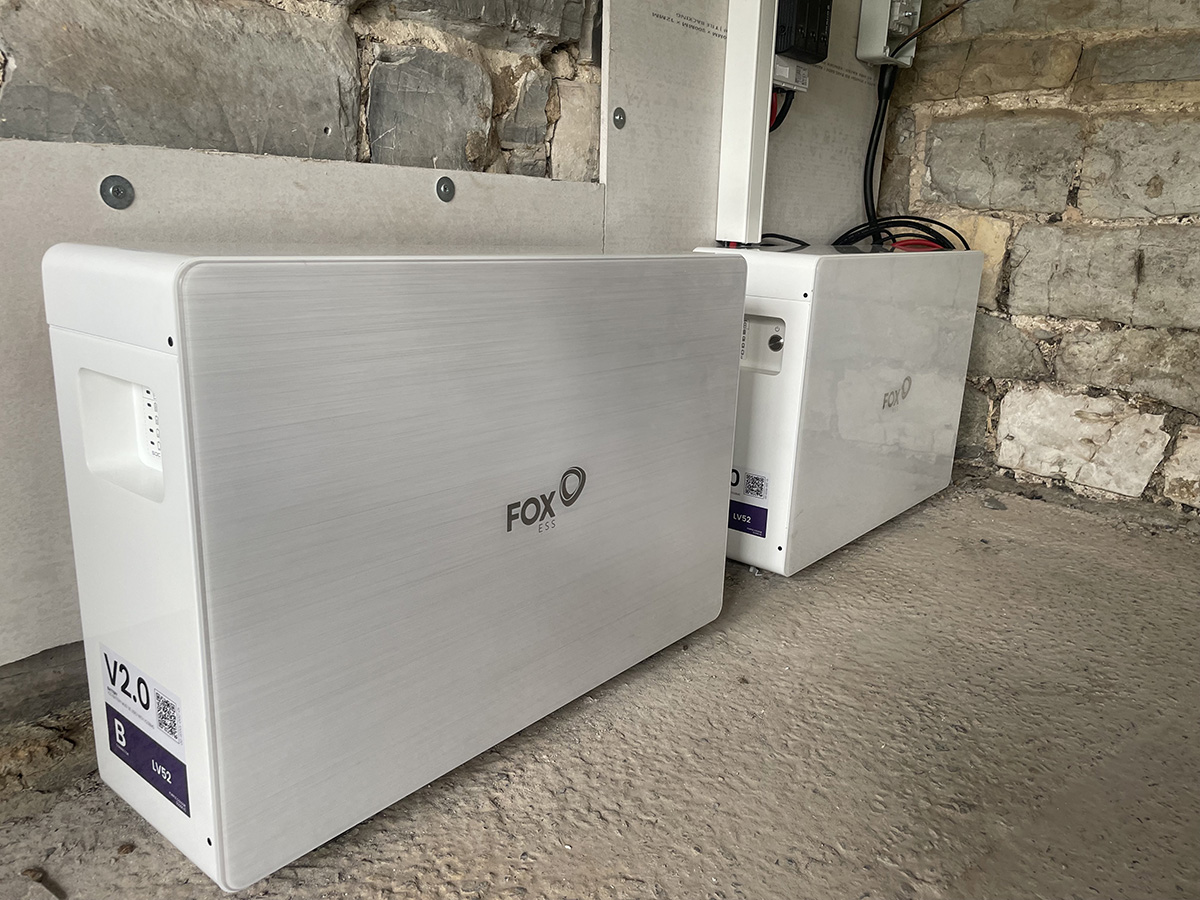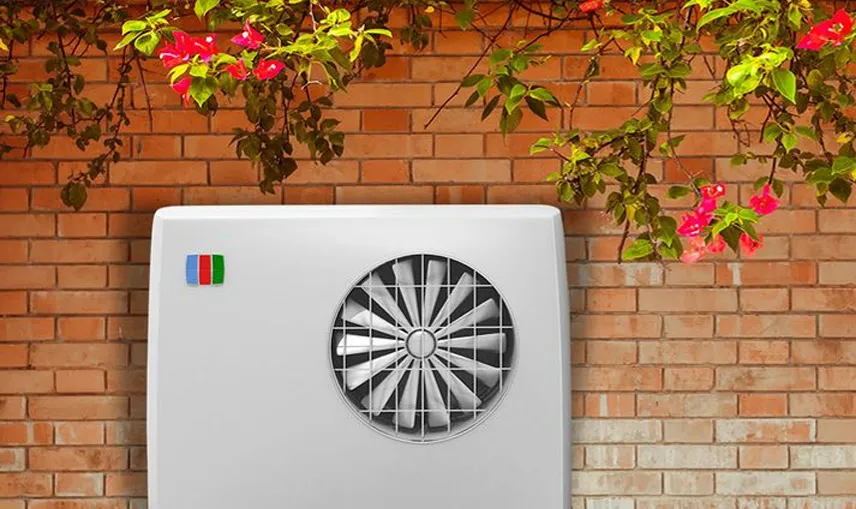Can you add battery storage to an existing solar PV system and what’s the process

Adding battery storage to an existing solar PV system can be done but involves several steps to ensure seamless integration and the correct system design for you. Here's a concise overview of the process:
Assessment & Design
We evaluate your current solar PV system's components, capacity, and electrical setup to determine compatibility with either a DC or AC-coupled battery storage system. Most commonly we would advise a DC-coupled system where the inverter would need to be changed to a hybrid inverter which allows the connection and communication for a battery storage unit. An AC-coupled battery has its advantage due to it being a stand-alone system separate from your existing system. For a DC-coupled battery, an assessment is carried out to determine the ease of installation. A hybrid inverter requires additional wiring to a standard string inverter and will also have different VOC and ISC limits, which might impact how the solar panels are currently wired. If the existing solar panels are wired in one string then this is a possible red flag and should be looked into to confirm compatibility to ensure the inverter isn’t exposed to overvoltage!
When the installation has been assessed this allows us to design the battery storage system, considering factors like battery capacity, and physical placement. When considering if an existing location is suitable for a battery, the temperature is one of the main considerations as they work best in temperatures around 25 degrees. The system design aims to consider the battery surroundings to optimise energy storage and usage.
Component Procurement
Necessary components, including the battery unit, bi-directional meter and compatible inverter (if needed) are sourced and acquired with lead times being provided to allow scheduling of the job
Electrical Upgrades
Depending on the existing setup, electrical modifications may be required to connect the inverter and battery system safely. This could involve adding the following items:
- Internet connection for monitoring
- CT coil to allow the inverter to monitor the household electrical usage
- Additional string wiring for the solar panels
Battery Installation
The battery unit is physically installed in a suitable location, considering factors like space and weight loading, ventilation, and safety requirements. Batteries are around 40-60kg per unit so need to be fixed and supported appropriately.
Inverter Configuration
Post installation the inverter needs to be set up to allow it to control the battery storage system. We set the inverter parameters to allow the inverter to charge and discharge the battery as required and also correctly show the SOC levels on the monitoring system. Failure to set the system up correctly will hinder the effectiveness of the battery.
System Testing
The entire system is thoroughly tested to verify proper functionality, energy flow, and safety. This includes testing backup power functionality (island mode) if applicable.
Monitoring Setup
If available, a monitoring system will be set up to track energy generation, consumption, and storage in real-time which is why it’s pivotal there’s an appropriate Wi-Fi connection available.
Regulatory Compliance
If required by local regulations or utility guidelines, necessary permits and approvals are obtained for the modified system. If the battery can be charged from the grid then a bi-directional meter needs to be installed and a schematic drawn up to show the new layout.
Customer Training
We provide you with information on how to use and maintain the new battery storage system effectively. We will also explain the monitoring system which will help you get the most out of your new battery system.
Ongoing Support
We offer post-installation support, ensuring any issues or questions that arise are promptly addressed. It's crucial to engage a certified professional for this process to ensure safety, optimal performance, and compliance with regulations. The process might vary depending on the specific components, local regulations, and the unique characteristics of your existing solar PV system but having post support will be crucial for you to get the most out of your battery storage system.
Now you understand the design and installation process we can dive deeper into the difference and benefits of DC and AC-coupled battery storage systems.
AC (alternating current) and DC (direct current) coupled battery systems each have their advantages and disadvantages. Here's a brief overview of both:
AC-Coupled Battery
Advantages:
- Compatibility: AC-coupled systems are generally more versatile and can be retrofitted onto existing solar PV systems without changing the existing solar inverter or meter.
- Flexibility: AC coupling allows you to mix and match different brands or types of solar inverters and batteries, providing more flexibility in system design but might affect the ease of monitoring your system.
- Higher output: The output of the battery and solar PV can be combined to provide renewable energy at peak power lowering your reliance on the grid
- Scalability: Adding more batteries to an AC-coupled system is straightforward, making it suitable for future expansion.
Disadvantages:
- Complexity: AC-coupled systems can be more complex to install and configure, requiring additional inverters and control systems.
- Cost: The additional components and complexity can make AC-coupled systems slightly more expensive upfront.
- Conversion Losses: Energy conversion from DC to AC and back to DC (for battery charging) can lead to slight energy losses.
DC-Coupled Battery
Advantages:
- Efficiency: DC-coupled systems generally experience fewer conversion losses since the energy flow remains primarily in DC.
- Simplicity: DC-coupled systems are typically simpler to install and require fewer components compared to AC-coupled setups.
- Cost-Effectiveness: Lower component count and reduced complexity can lead to cost savings.
Disadvantages:
- Inverter Compatibility: DC-coupled systems may require specific inverters that support battery integration, potentially limiting your options.
- Installation Limitations: Integrating batteries into a DC-coupled system might require more planning during the initial solar PV installation. Reconfiguration of the solar panel wiring if the current set-up doesn’t meet the requirements of the new inverter and its safety levels.
The choice between AC-coupled and DC-coupled systems depends on factors like your existing solar setup, desired system complexity, flexibility for future upgrades, and budget. Working with a knowledgeable solar professional can help you make an informed decision based on your specific needs and goals.


